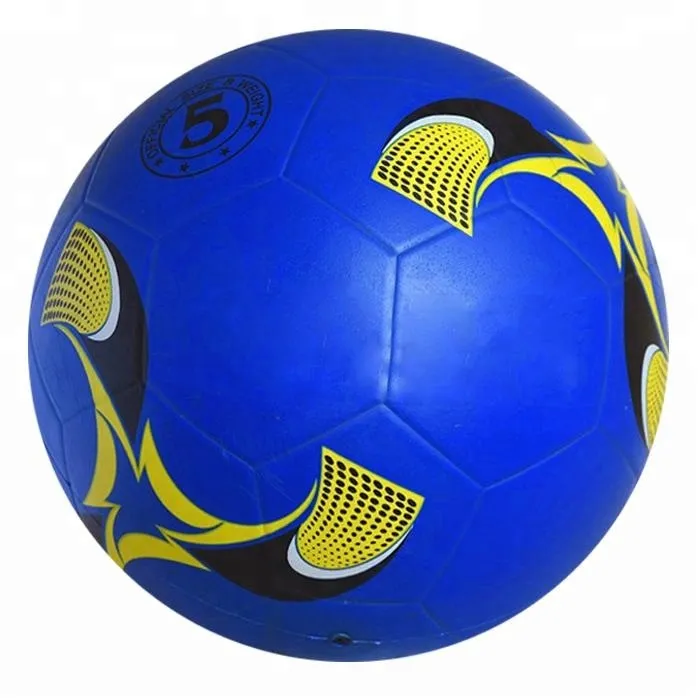Indoor football, often referred to as futsal or indoor soccer, offers a unique and dynamic experience for players seeking to hone their skills in a controlled environment. This practice is not only crucial for maintaining fitness levels during off-season months but also plays a significant role in enhancing technical abilities that easily translate to outdoor pitches. Maximizing your indoor football practice involves understanding the nuances and employing the right equipment designed specifically to augment performance and safety.

Enhancing Skills Through Specialized Equipment
The practice of indoor football demands equipment that matches the pace and intensity of the game. Investing in high-quality, non-marking futsal shoes is essential, as they provide the necessary grip on polished court surfaces without damaging them. These shoes are designed to enhance quick lateral movements, allowing players to stop and pivot with precision.

Additionally, the use of a weighted, low-bounce indoor ball is a game-changer. These balls are crafted to facilitate control and speed, enabling players to sharpen dribbling and passing techniques. Experienced coaches suggest that practicing with such specialized balls significantly improves a player's touch and ball-handling skills, translating to improved performance on outdoor fields.
Tactical Training for Indoor Football
Indoor football is renowned for its fast pace and small team sizes, demanding quick thinking and rapid tactical decision-making. Training sessions should focus on small-sided games, encouraging players to develop spatial awareness and strategic planning. Position play is critical; hence, exercises that simulate game scenarios improve players' understanding of when to press or fall back, optimizing team structure and efficiency.
Expert coaches highlight the value of practicing defensive and offensive transitions.
The confined space in indoor football allows players to frequently engage in defensive actions, swiftly transitioning to offense. Routine drills centered on quick turnovers and counter-attacks can significantly influence a team's effectiveness and cohesiveness during match play.
Physical Conditioning in a Controlled Environment
The physical demands of indoor football are rigorous, with players covering substantial ground over the duration of the game. Focused training on agility and stamina within the confines of a smaller playing surface prepares athletes for the intense bursts of action required. Incorporating interval training and agility ladder exercises can be beneficial in enhancing cardiovascular performance and foot speed.
indoor football practice
Strength training cannot be overlooked, with emphasis on core stability and leg strength. These aspects are crucial in maintaining balance and power, fundamental attributes for maintaining superiority in one-on-one confrontations.
Psychological Preparedness and Team Dynamics
Indoor football offers an opportunity for players to develop not only their physical attributes but also their mental acuity. The fast-paced nature of the game demands high levels of concentration and mental resilience. Workshops on mental fortitude — guided by psychological experts with a focus on sport — can help players maintain peak performance under pressure.
Team dynamics are equally essential. The reduced number of players on the pitch requires enhanced communication and teamwork. Regular team-building sessions and practical workshops led by experienced facilitators can foster a sense of unity and understanding, essential for seamless operation during matches.
Authoritative Insights and Continuous Improvement
Authoritative guidance from seasoned indoor football experts is invaluable. Coaches with proven track records can offer insights into nuanced strategies and personalized feedback. Regular attendance at seminars or workshops conducted by leading figures in indoor football can provide players and trainers with fresh perspectives and innovative tactics.
Utilizing data-driven analytics to evaluate performance during practice sessions is becoming standard. Reviewing video footage and statistical analysis helps identify areas for improvement and track progress over time. This approach ensures that players and coaches can make informed decisions, tailoring practices to the specific needs and goals of the team.
Conclusion
Indoor football practice is an intricate blend of technical skill, tactical intelligence, and physical and psychological readiness. By employing the right equipment, focusing on tactical training, conditioning physically, and enhancing psychological resilience, players can excel significantly. Embracing expert insights and leveraging modern analytical tools will not only boost individual performances but also elevate team dynamics, establishing an authoritative presence on any indoor court. As the sport continues to grow in popularity, remaining at the forefront of these elements ensures that players and teams stand out in the highly competitive arena of indoor football.













